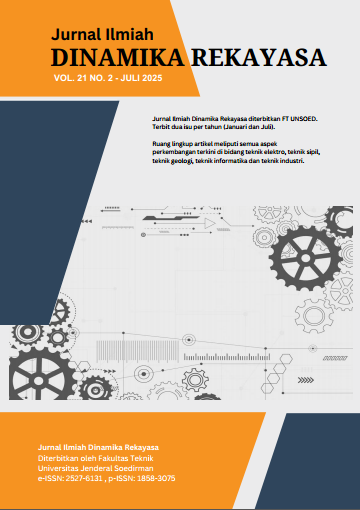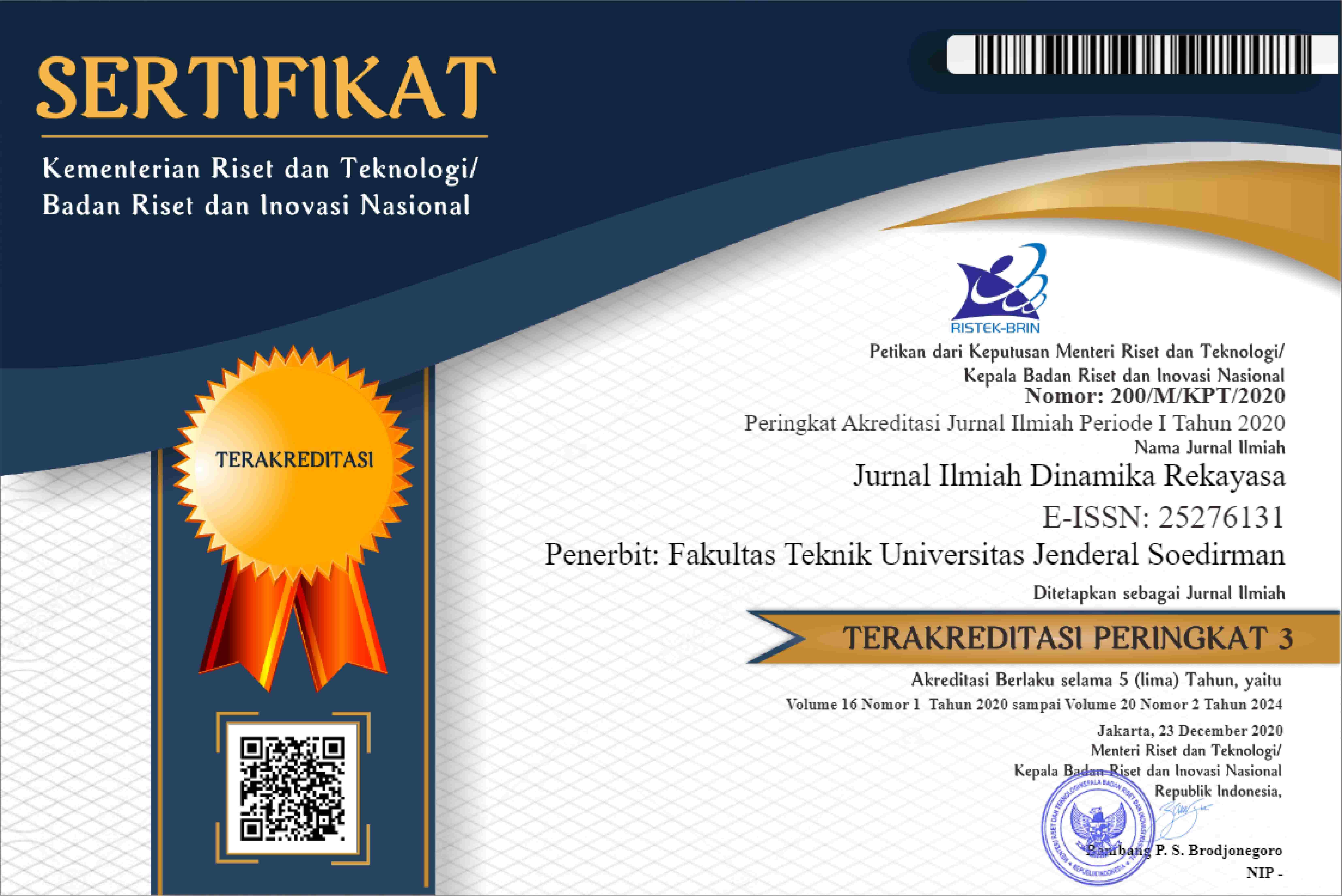Comparative Evaluation of Idw And Spline Interpolation Methods for Analyzing Groundwater Table Depth and Elevation
DOI:
https://doi.org/10.20884/1.jidr.2025.21.2.47Keywords:
Groundwater, IDW, Interpolation, Environment, SplineAbstract
Groundwater is a vital and critical resource for humanity. Therefore, its management requires accurate data on its conditions and characteristics, which are generally obtained through field surveys. However, limited accessibility often hinders optimal data acquisition, making interpolation necessary to fill data gaps. This study examines the application of Inverse Distance Weighting (IDW) and spline interpolation methods for analyzing groundwater depth and table elevation in urban and rural areas. The research was conducted in four locations: two representing urban areas (the border of Yogyakarta City–Bantul Regency–Sleman Regency, and Lowokwaru–Blimbing Districts in Malang City) and two representing rural areas (Kalibawang–Samigaluh Districts in Kulon Progo Regency, and Sanden District in Bantul Regency). At each location, three IDW and spline models were developed with different combinations of model and validation data for groundwater depth and elevation analysis, resulting in a total of 96 models (24 models per area). Model accuracy was compared using Root Mean Square Error (RMSE) and Mean Absolute Error (MAE). Results show that the IDW interpolation method is more accurate for groundwater depth analysis. For groundwater table elevation analysis, IDW was observed to be more accurate in urban areas, while spline interpolation was more accurate in rural areas.







